ȚINUTUL REGHINULUI, LOCUL SAVORILOR NEBĂNUITE
Chiar în Beica de Jos, veţi găsi biserica din bârne de stejar şi brad, mutată aici din cimitirul de sus. În lăcaș veneau la închinare și credincioșii din Beica de Sus. Era legătura oamenilor cu Dumnezeu, chiar dacă biserica nu a fost niciodată pictată. Localnicii și-au împrumutat unii altora din bogății, inclusiv din cele bune de mâncat. Nu întâmplător, aici am găsit și una dintre bunătățile care fac Ardealul mai bogat. Îi spune LÁNGOS.
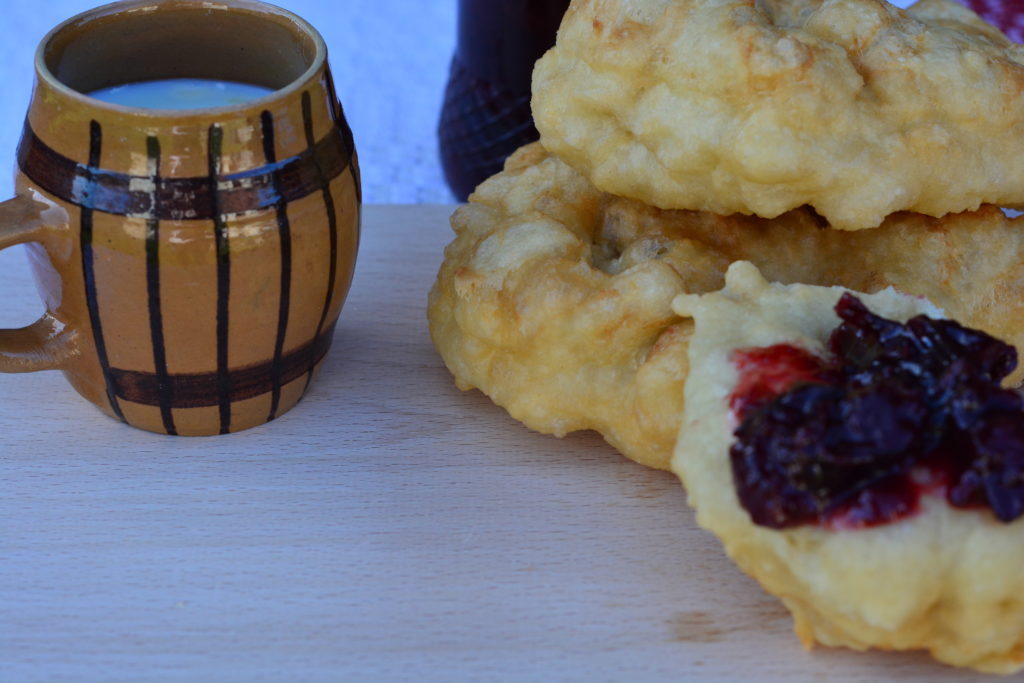
Ideciu de Jos este cunoscut datorită staţiunii balneare, vestită pentru izvoarele de apă clorurosodică concentrată, pentru lacul sărat si nămolul terapeutic. Merită să veniți într-o zi la ştrandul de la Ideciu de Jos, apa fiind indicată în diferite afecţiuni şi pentru multe tratamente. Aici am mâncat o minunăție nemaiîntâlnită prin alte părți, care se numește CIORBĂ DE PRUNE USCATE CU AFUMĂTURĂ.

De la Suseni vine o piesă arheologică, unică în lume, devenită simbol al Mureşului. Ea se află pe stema oficială, fiind și cea mai importantă distincție a județului. În prezent, Fibula de la Suseni este și piesa centrală din colecţia Muzeului Judeţean Mureş.
Orașul celebru al lutierilor mai este cunoscut ca „Reghinul Săsesc” și are ca simbol a locului vioara. Astăzi, nicio orchestră celebră din lume nu cântă fără măcar un instrument ce are în certificatul său de naştere Reghinul.
De aceea i se spune „Oraşul viorilor”, și pe-aici nu puteți trece fără să observați cel mai vechi monument al oraşului. Biserica Evanghelică era frecventată de oameni mulți și frumoși, dar în 1944 sașii au plecat în Germania și foarte puțini s-au întors. Acum, puțin peste 200 de suflete țin viu acest loc excepțional.
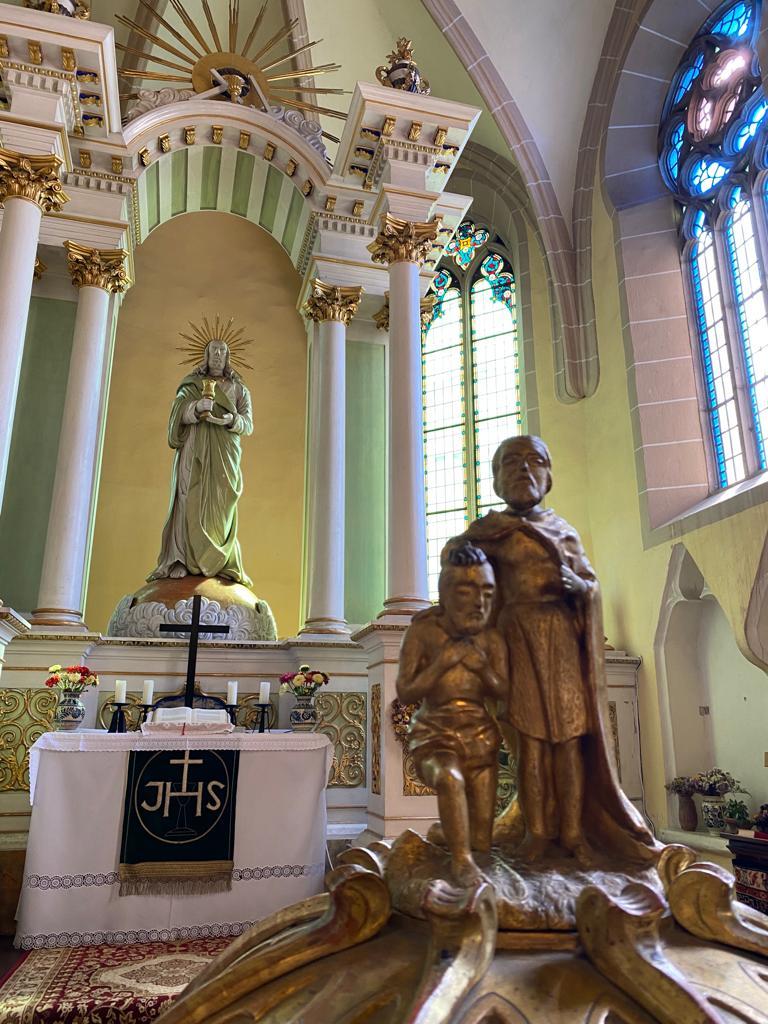
În Reghin merită să vedeți, pentru liniștea sufletului, bisericuța de lemn, cea în care a a slujit Petru Maior, pe vremea când era protopop al Gurghiului. Este singura biserică din Transilvania construită în formă de cruce și are înscris, pe unul din clopote, numele marelui cărturar.
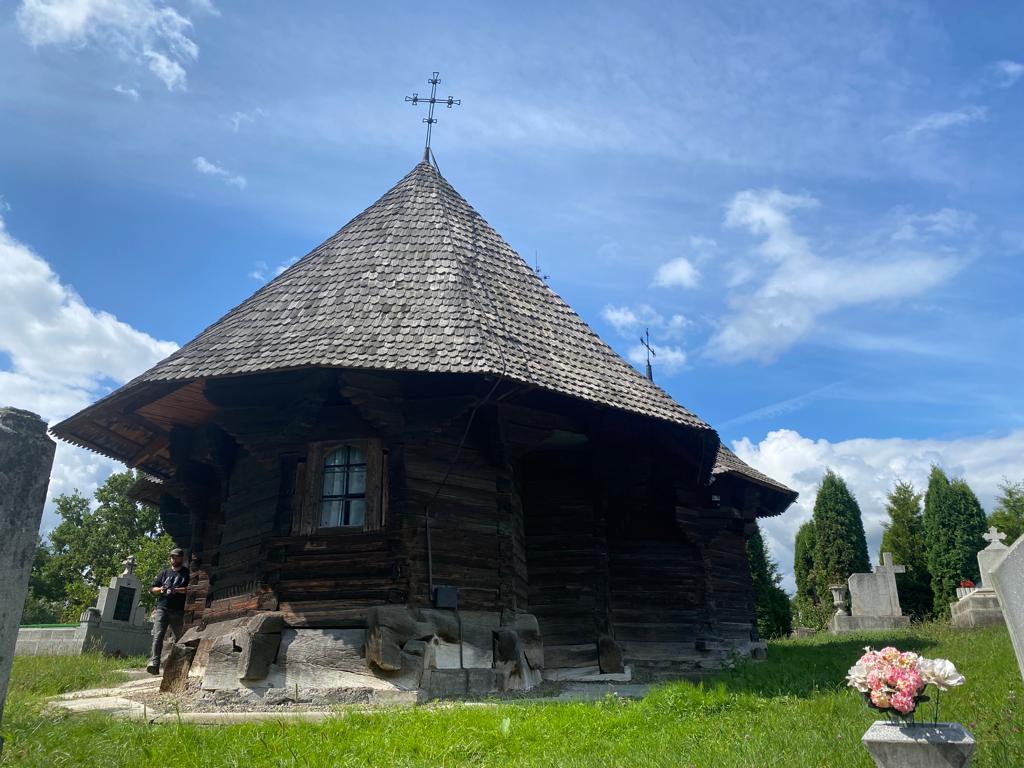
Satul românesc în miniatură de la Muzeul Etnografic „Anton Badea” aduce viață istoriei prin casele din Hodac, Gurghiu, Călimănel sau Iara de Mureș, de unde vine și bisericuța de secol 18, strămutată, înainte să vină la Reghin, în Mura Mare.
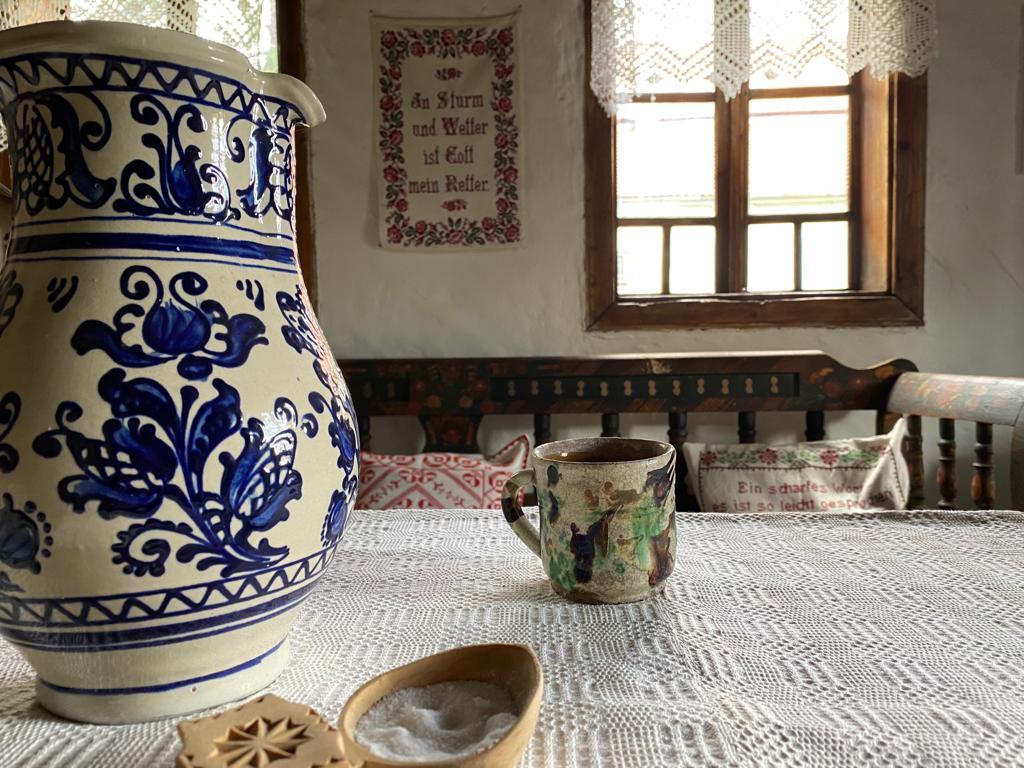
Muzeul e felul acela de spațiu în care liniștea te face ori să aștepți să se întâmple ceva în secunda următoare, ori să crezi că nu se mai întâmplă nimic, niciodată. Așa am dat, în Reghin, de un miros unic de SCORUȘE DE OUĂ.
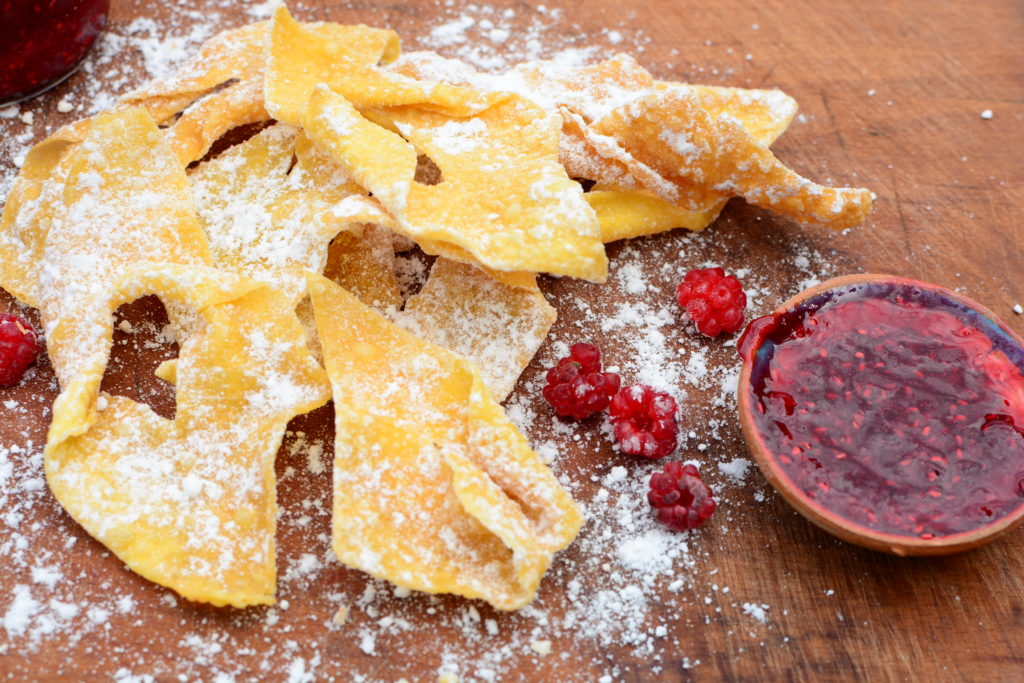
Puține sunt locurile din România care au un brand atât de bine cunoscut ca Batoșul. Îl veți găsi de cum intrați în comună. Mărul vi se arată peste tot, în chip adevărat sau transfigurat artistic de oamenii locului și de oaspeții lor. Legendele transmise la gura sobei din moși strămoși, povestesc cum o sevă miraculoasă străbate ținuturile Transilvaniei, prin zona Batoșului, hrănind strugurii care se găsesc în aceste regiuni fără seamăn. Aici cresc dintotdeauna neprețuiții struguri folosiți la renumitele vinuri Liliac.
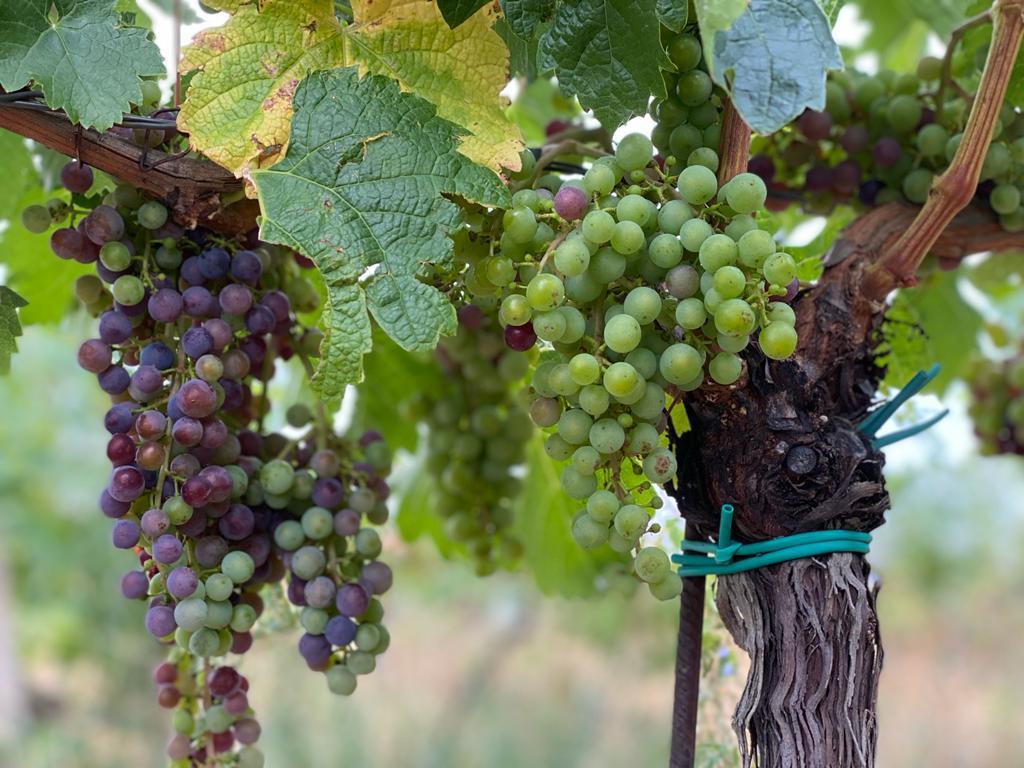
Ele se află deja între cele mai bune licori din întreaga lume. Liliac Lodge Batoş este acel loc spectaculos din România unde se degustă ceea ce se produce, pe 52 de hectare, chiar la Batoş: „The Wine of Transylvania”, adică vinurile „Liliac”. Vinurile albe, roşii sau rose amintesc de obiceiuri din vremea Imperiului Roman, când coloniștii germani au întemeiat primele podgorii la poalele munților Carpați. Regiunea viticolă Lechința a cunoscut, la Batoș, transferul de experiență dintre Austria și Transilvania și astfel a rezultat un produs de care se bucură astăzi clienții celor mai sofisticate restaurante din Europa.
Dacă vinurile le-am gustat, ce puteam mânca la Batoș? Am ales ceva făcut din fructul locului, că prea suna bine când ni s-a povestit despre TARTA CU MERE.
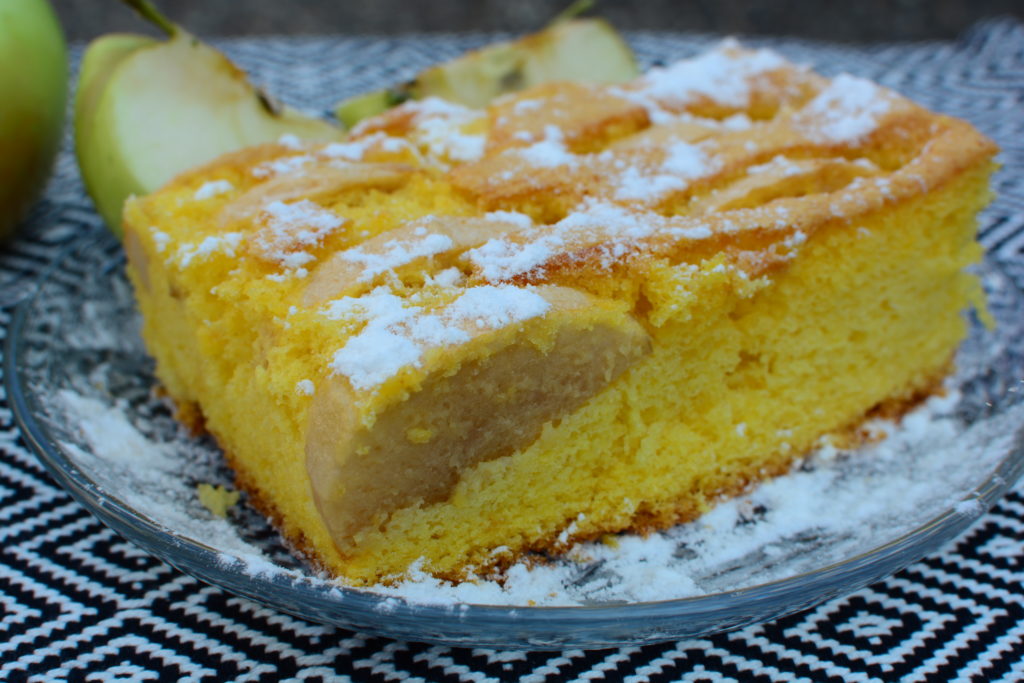
Közvetlenül Alsóbölkényben található a tölgy- és fenyőgerendás templom, amelyet a felső temetőből költöztettek ide. A felsőbölkényi hívek is ide jöttek imádkozni. Ez volt az emberek kapcsolata Istennel, annak ellenére, hogy a templomot soha nem festették ki. A helyiek mindenféle gazdagságot kölcsönöztek, beleértve a jó ételeket is. Nem véletlenül, itt találtam meg az egyik finomságot, amely Erdélyt gazdagabbá teszi. LÁNGOSnak nevezik.
Alsóidecs gyógyfürdőjéről ismert, amely koncentrált klór-nátrium-vízforrásairól, sós taváról és gyógyiszapjáról híres. Érdemes egyszer eljönni az alsóidecsi uszodába, ahol a víz különböző betegségeknek és számos kezelésnek ajánlott. Itt ettem egy máshol nem található csodát, amit FÜSTÖLT ASZALTSZILVA LEVES-nek hívnak.
Marosfelfaluból származik a világon egyedülálló régészeti darab, amely Maros szimbólumává vált. A hivatalos címeren szerepel, ez a megye legfontosabb megkülönböztetése. Jelenleg a marosfelfalusi fibula a Maros Megyei Múzeum gyűjteményének központi darabja is.
A hegedűgyártók híres városa „Szász Régen” néven is ismert, jelképe a hegedű. Ma a világon egyetlen híres zenekar sem játszik, ha nincs legalább egy olyan hangszere, amelynek születési anyakönyvi kivonatában Régen szerepel.
Ezért a „Hegedűk városának” nevezik, és nem lehet úgy átsétálni rajta, hogy ne vennénk észre a város legrégebbi emlékművét. Az evangélikus templomban sok szép ember járt, de 1944-ben a szászok Németországba távoztak, és nagyon kevesen tértek vissza. Ma csak alig 200 lélek tartja életben ezt a kitűnő helyet. Régenben, lelkünk nyugalmáért, érdemes megnézni a fatemplomot, ahol Petru Maior szolgált, amikor Görgény főpapja volt. Ez az egyetlen templom Erdélyben, amely kereszt alakban épült, és az egyik harangra a nagy tudós neve van felírva.
Az „Anton Badea” Néprajzi Múzeumban levő miniatűr román falu életre kelti a történelmet a görgényhodáki, görgényszentimrei, kelemenpataki vagy marosjárai házakon keresztül, ahonnan a 18. századi templom származik, melyet, mielőtt Régenbe hoztak volna, Nagyszederjesre költöztettek. A múzeum az a tér, ahol a csend két dologra kényszerít: várni, hogy a következő másodpercben valami történjen, vagy azt hinni, hogy soha többé nem történik semmi. Így találkoztam Régenben az egyedi CSÖRÖGE illatával.
Kevés olyan hely van Romániában, ahol van olyan jól ismert márka, mint Bátosnak. Megtalálja rögtön, ahogy belép a községbe. Mindenhol almát lehet látni, igazi formájában, vagy művészileg átformálva a helyiek és vendégeik által. A kályha mellett, szájról szájra mesélt legendák azt mondják, hogy egy csodálatos nedv keresztezi Erdély földjét, Bátos környékén, és táplálja az e vidékeken található páratlan szőlőt. Itt teremnek a felbecsülhetetlen értékű szőlők, amelyekből a híres Liliac borok készülnek. Ezek már a világ legjobb italai közé tartoznak. A bátosi Liliac Lodge az a látványos hely Romániában, ahol megkóstolhatja azt a terméket, amit 52 hektáron, közvetlenül Bátosban állítanak elé: „The Wine of Transylvania”, azaz a „Liliac” borokat. A fehér, vörös vagy rose borok a Római Birodalom szokásaira emlékeztetnek, amikor a német telepesek a Kárpátok lábánál megalapították az első szőlőültetvényeket. A szászlekencei borvidék Bátosban Ausztria és Erdély közötti tapasztalatcserét élt meg, és ennek eredménye egy olyan termék, amelyet ma Európa legkülönlegesebb éttermeinek kliensei élveznek.
Ha már a borokat megkóstoltuk, mit ehetünk Bátosban? Egy olyan süteményt választottam, amely a hely jellegzetes gyümölcséből készül, mert túl szépen meséltek az ALMATORTÁRÓL.
Precisely in Beica de Jos, you will find the church made of oak and Christmas tree girders, moved here from the upwards cemetery. This place was a choice for worshipers from Beica de Sus as well. It was here where people strengthened their connection with God, in spite of the fact that the church was never painted. The locals borrowed to each other some of their richness, including the tasteful ones. It is not a coincidence that we found here another of the treats making Ardeal a richer place. They call it the LÁNGOS.
Ideciu de Jos is famous for its balneal resort, known for the concentrated chlorine sodium water, for the salty lake and the therapeutic mud. The beach from Ideciu de Jos is worth seeing for a day as its waters are recommended for several impairments and medical treatments. This is where we ate a wondrous dish which one cannot find in other parts, called the DRY PRUNES SOUP WITH SMOKED MEAT.
Suseni is the home of a unique archeological piece global wide, which has become the symbol of Mureş. It is located on the official coat of arms, being also the most important distinction in the county. Currently the Suseni Fibula is also a central piece in the collection of the Mureş County Museum.
The city, famous for its clay people, also known as the „Saxon Reghin” takes pride in the symbol of the violin. Nowadays, all famous world orchestras play with at least one of their instruments bearing a certificate issued in Reghin.
This is why they call it the „City of the Violins” and you cannot see it without noticing the city’s oldest monument. The Gospel Church used to be frequented by many beautiful people, but in 1944 the Saxon people left for Germany and very few of them returned. Now, only more than 200 souls keep the living spirit of this exceptional place. When in Reghin you should see for your soul’s quietness, the wooden church, served by Petru Maior during his time as an archpriest of Gurghiu. This is the only church in Transylvania built in the shape of a cross and has the name of the great scholar embedded on one of the bells.
The miniature village from the „Anton Badea” Ethnographic Museum brings history to life through the houses fromHodac, Gurghiu, Călimănel or Iara de Mureș, also the origin of the 18th century wooden small church, moved, before arriving in Reghin, in Mura Mare. The museum is that sort of space where quietness makes you either to wait for something to happen in the next second, or to believe that nothing will ever happen. This is how we discovered the unique flavor of the EGG SCONES.
Few places in Romania take pride in having a brand as powerful as Batoș has. You will find it as soon as you enter the township. The Apple is perpetual here, either in a real form or artistically transformed by the locals and their guests. The fireside legends transmitted from the ancestors tell a tale of how a miraculous sap crosses the lands of Transylvania through the Batoș area, feeding the grapes found in these unique regions. The precious grapes used for the famous Liliac wines are growing here since forever. These wines are already mentioned among the best drinks in the entire world. Liliac Lodge Batoş is that spectacular place in Romania where one can taste the crop of 52 hectares even in Batoş: „The Wine of Transylvania”, namely the „Liliac” wines. These are white, red or rose wines which recall the customs of the Roman Empire, when German settlers founded the first vineyards at the foothills of the Carpathian Mountains. The Lechința wine regions was faced through Batoș with a transfer of experience from Austria and Transylvania and thus resulted a product enjoyed today by the clients of the most sophisticated restaurants in Europe.
Once we have tasted the wines, what can we eat in Batoș? We have chosen a dish based on the fruit popular in this area, as we were mesmerized when told about it: the APPLES TART.

